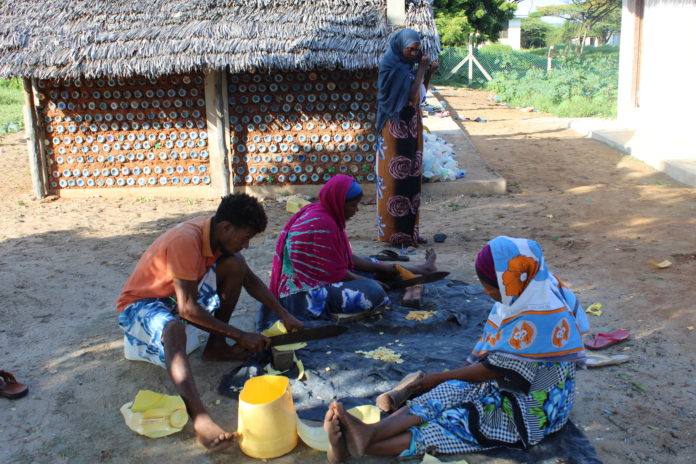By Mary Mwendwa
Lamu County, Kenya: A women-led conservation group is promoting marine conservation through protecting turtles and recycling plastic waste gathered from beaches in the Kiunga area of Lamu County.
Located on Kenya’s Indian Ocean Coast, Kiunga is a porous remote border town to Somalia known for Al-Shabaab threats. It is heavily guarded by Kenyan security forces.
Tucked in a quiet village dotted with makuti (dry leaves of the coconut palm) –thatched homes, Kiunga Kiunga Community Wildlife Association (KICOWA) is blazing the trail in women-led turtle conservation while tackling the menace of plastic waste pollution in the local beaches.
Kiunga residents are mainly fishers and peasant farmers who have a strong regard for the sea as a source of livelihood.
Turtle conservation
KICOWA and Bahari Moja are dedicated to turtle conservation whose species are declining in numbers globally as a result of human activity, by ensuring that the marine reptile is protected.
Turtles are killed for their eggs, meat, skin, and shells.
They have found a livelihood in turtle conservation and at the same time helped to protect the most common species of turtle known as the green turtle.
“We entirely depend on the ocean for food and other activities through which we earn money,” Amina Shali from KICOWA. When pollution happens, especially of plastics, we suffer and also marine habitats especially turtles get threatened because turtles will not have a conducive environment for hatching. We sat down as young women in this community and decided to take action,” she added.
The groups mark areas where turtles come for hatching and notify the community in Kiunga not to tamper with the area. “We mark using local methods like using the wood pieces to alert people that it is an important area for hatching.”
“Sea turtles return to the nest to the same area where they were hatched to lay eggs, they also mate offshore. This means that the hatching areas have to be protected for the survival of future generations of turtles, hatching usually happens at night”, Mohammed reveals.
Members of the group also collect data from turtles to ensure that their work is guided by credible scientific information. “This is in line with providing education and awareness to ensure the community understands the importance of turtle conservation,” said Mohammed.
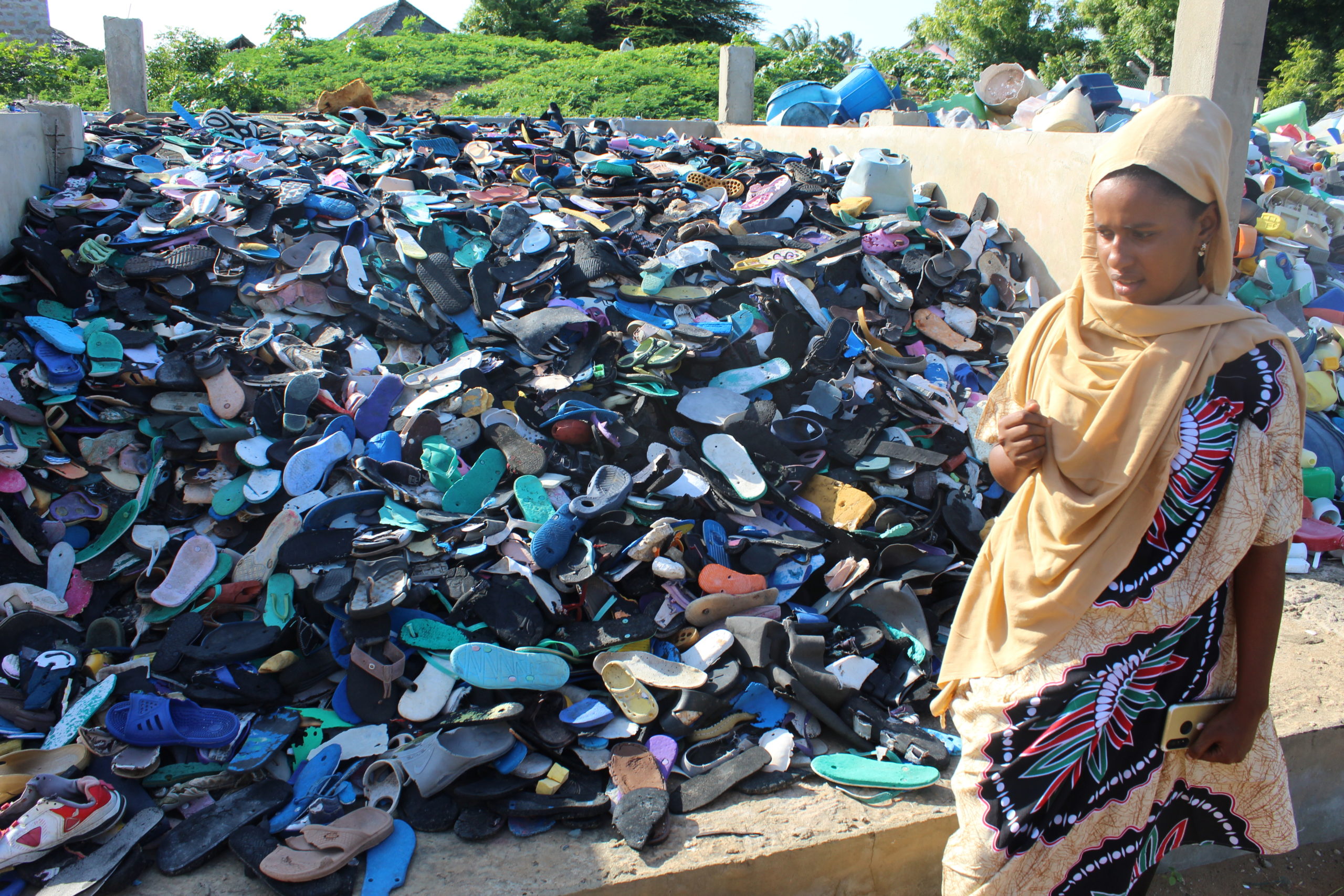
Incubation of turtles for most species is 45-70 days. Low nest temperatures produce more males while higher temperatures produce more females. Researchers have found out that green sea turtles need a nest temperature of 28°C (82°F) or below which produces mostly males while a temperature of 31°C (88°F) or above produces mostly females, and temperatures between these two produce a mixture of male and female hatchlings.
This revelation is very critical for the conservation of turtles and therefore the KTCG group through their conservation efforts has to thrive to keep the temperature of the nests low by not allowing plastics to pollute the ocean because they contribute to an increase in sea temperatures.
“ We have mastered the patterns of turtle hatching and therefore together with our group, we do beach patrols by identifying the nests. This has become very helpful because the nests are protected and we help inform other community members not to tamper with the nests.” Mohammed confirms.
Also, turtle conservation has become an income earner for the group because tourists pay to witness the hatching process. “It is such a spectacular occurrence to see turtles hatch and therefore this has made visitors get interested to visit our area. We just have to protect this habitat, we have no choice.” Shali notes.
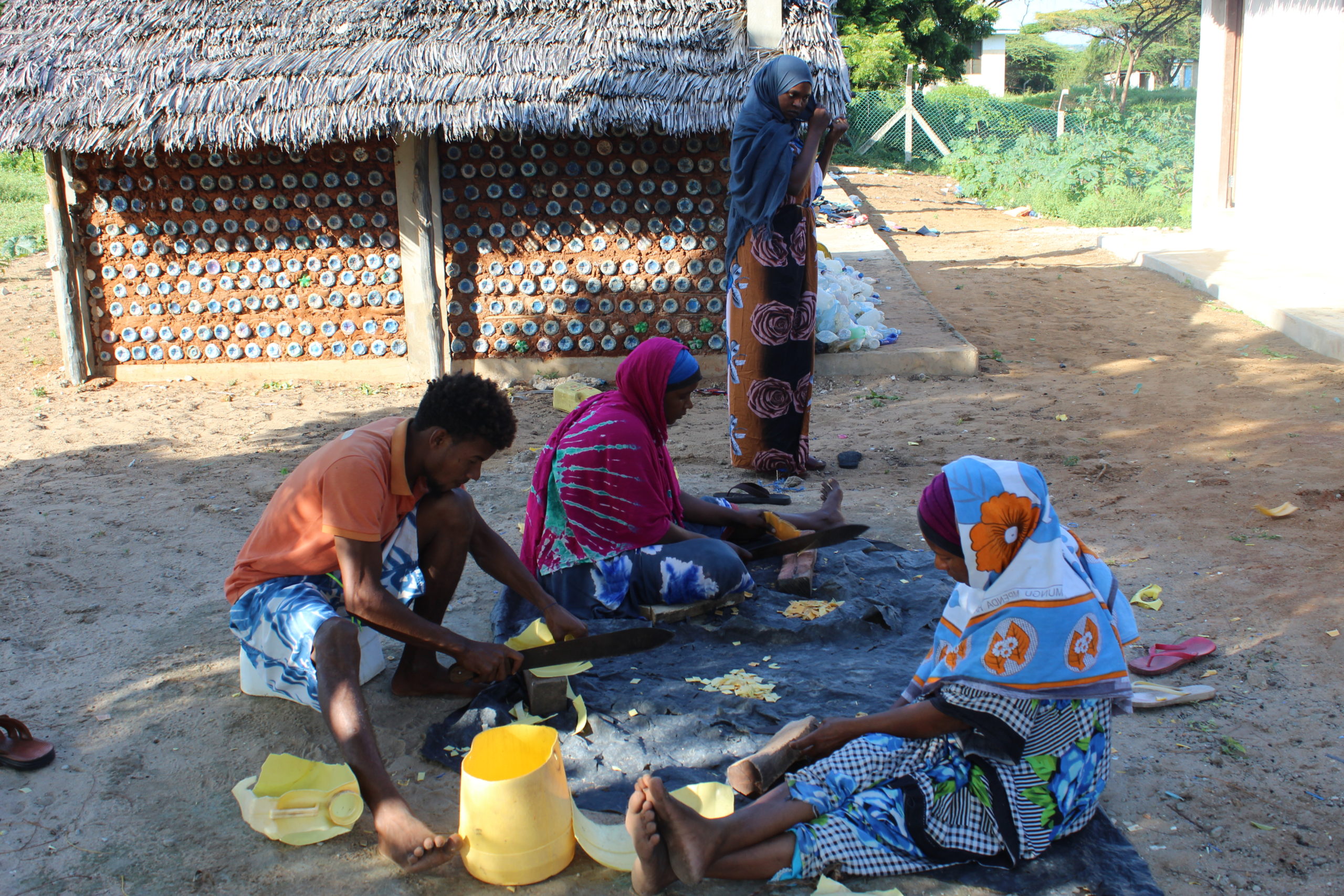
Available data indicates that the green turtle which is is the most common species nesting and foraging along the Kenyan coast is listed as endangered according to IUCN red list. Identification of key nesting sites remains an important role that the community plays – KICOWA and Bahari Moja are among them.
Sea turtles are credited with helping maintain the health of seagrass beds and coral reefs that sustain sought-after seafood such as shrimp, lobster, and tuna.
“Turtles cannot hatch on a dirty beach,” said Shali. “When they find the beach dirty they lay their eggs close to the waters and the eggs are easily washed away by the ocean currents.” Community beach clean-ups have become regular in Kiunga, according to Shali.
Sophia Bwanaheri, a mother of three in her early 30s expressed her appreciation of the community effort to keep the beaches clean. “Some years back before we started having beach clean-ups the beach was very dirty and filthy. “Even didn’t enjoy coming here.” The community effort is supported by the World Wildlife Fund (WWF) and the Kenya Wildlife Service.
According to WWF, there are seven different species of marine turtles in the world’s ocean waters. They are migratory species often coming ashore to either bask or nest. Conservation work has mainly focused on five species – green, hawksbill, loggerhead, leatherback, and olive ridley.
According to Kenya’s 2019 national report to the Convention on the Conservation of Migratory Species, five species of sea turtles — green turtle (Chelonia mydas), hawksbill (Eretmochelys imbricata), olive ridley (Lepidochelys olivacea), loggerhead (Caretta caretta), and leatherback (Dermochelys coriacea) occur in the country.
The green turtle, hawksbill, and olive ridley are the most common and known to nest in Kenya. While green turtles nest throughout the Kenyan coast, hawksbill turtles are reported to nest predominantly in Kiunga, Malindi, Watamu, and Funzi beaches and olive ridleys in Kiunga, Malindi, Watamu, and Mombasa regions.
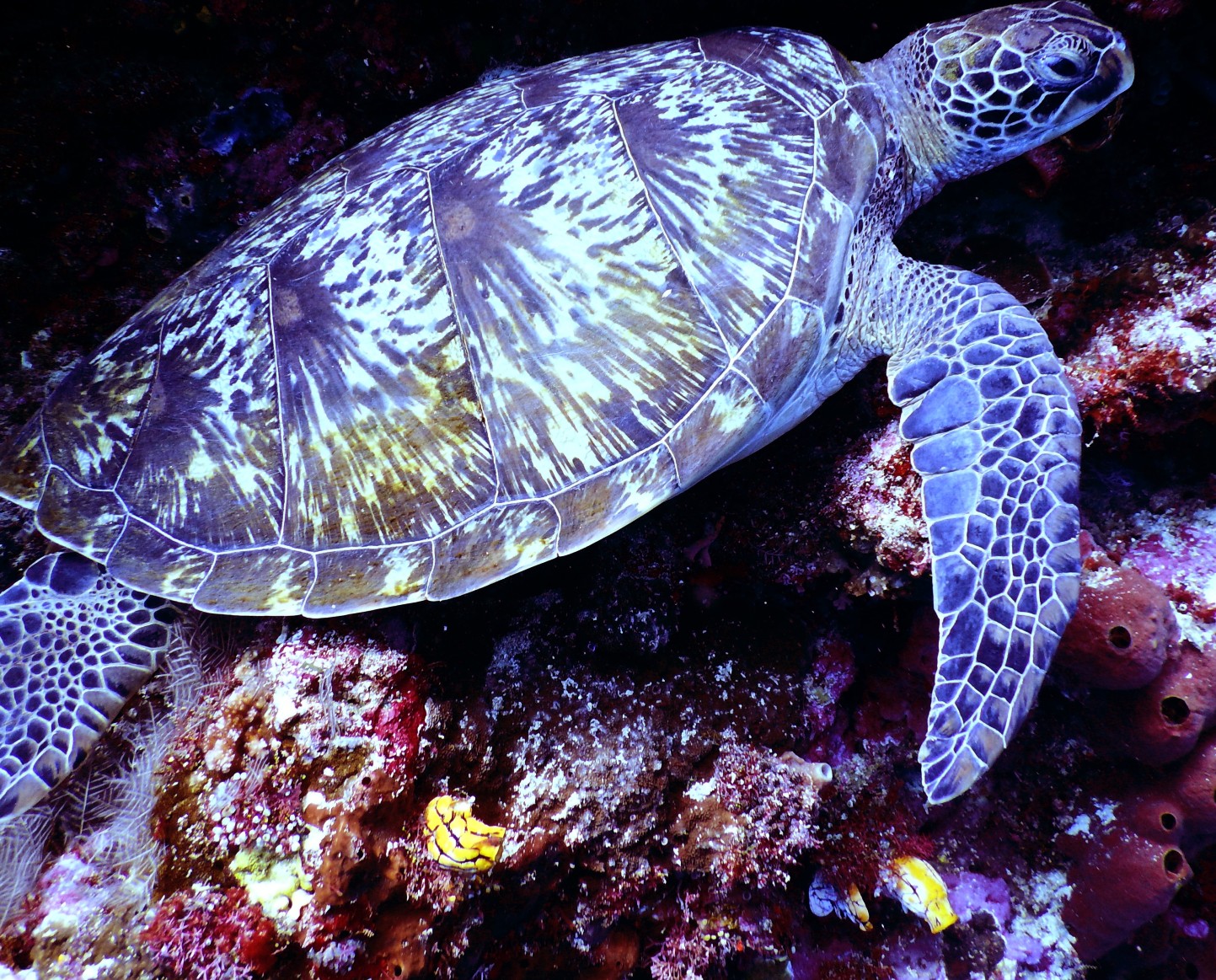
Plastic pollution is one of the banes of sea turtles. They can mistake floating plastic materials for jellyfish and can choke on them and die when they try to eat them. Other threats to turtles include discarded fishing gear that often entangles them causing drowning or immobility that makes them unable to feed.
According to the Kenya Marine and Fisheries Research Institute (KMFRI), overharvesting and other illegal fishing activities are responsible for more than 80 percent of sea turtle deaths.
Plastic recycling to reduce ocean pollution
Amina Shali, a member and supervisor of Kiunga Community Wildlife Association (KICOWA) says that after the plastics are collected, they turn them into useful products through recycling.” We realized that after every cleaning exercise we could collect heaps of plastics that initially seemed to be of no use, we thought further and decided to recycle them by making products for sale.”
“ We make eco-bricks used for building, each brick is sold at 50KSH, we also make flower vessels, key holders and curtains. The curtains fetch us good money because a piece is sold at 5,000KSH.”
The group has recruited and trained women in the community who are involved in the recycling project.
“ Bahari Moja project brings in a reliable sustainability aspect to this group, the money we get from the products is plowed back to us and is used for the day to day operations of the organization.”
Through sensitizing Kiunga and Lamu local communities at large on alternative sources of livelihood by creating eco-entrepreneurship they have ensured the youth are able to diversify their income and earn a living while still carrying our sea turtle conservation initiatives.
The organization also focuses on gender integration in promoting conservation to ensure women, who are often left out of conservation projects are part of it.
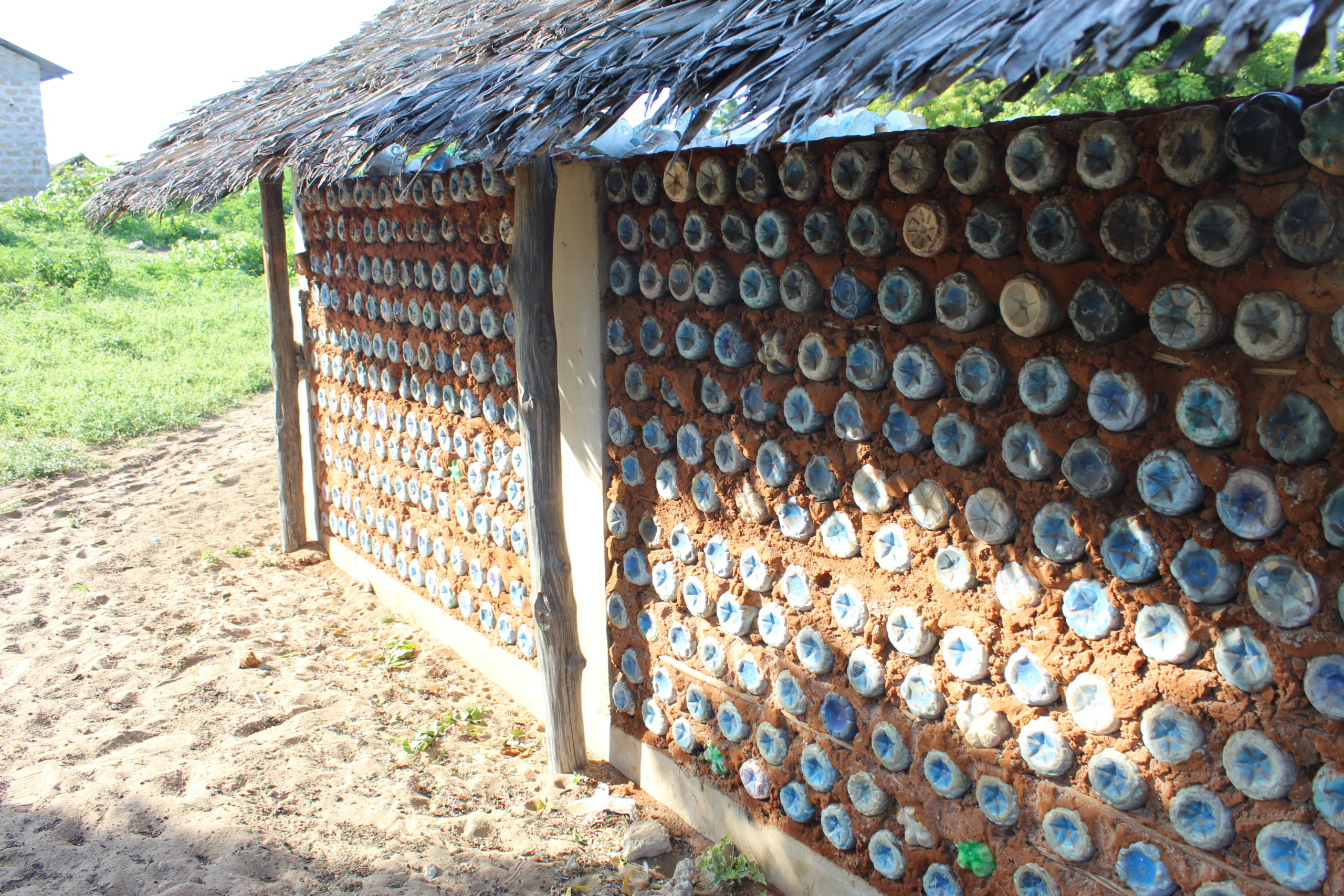
A study by United Nations Environmental Program ( in 2019 dubbed, Addressing Marine Plastics: A Systemic Approach – Recommendations for Actions, identifies gaps to address marine plastics at the value chain stage, these gaps exist in addressing various aspects such as knowledge, policy, technology, financing, and awareness.
The study further recommends actions to be taken by different players to achieve a circular economy for plastics at the global level. The report further recommends steps to be taken in priority sectors where plastic waste is significant and impacts on the environment are high.
The fifth United Nations Environment Assembly (UNEA) has finally now approved a drafted resolution to ban single-use plastics in an effort to combat environmental pollution. This was done during the UNEA-5 currently being held in Nairobi, Kenya.

